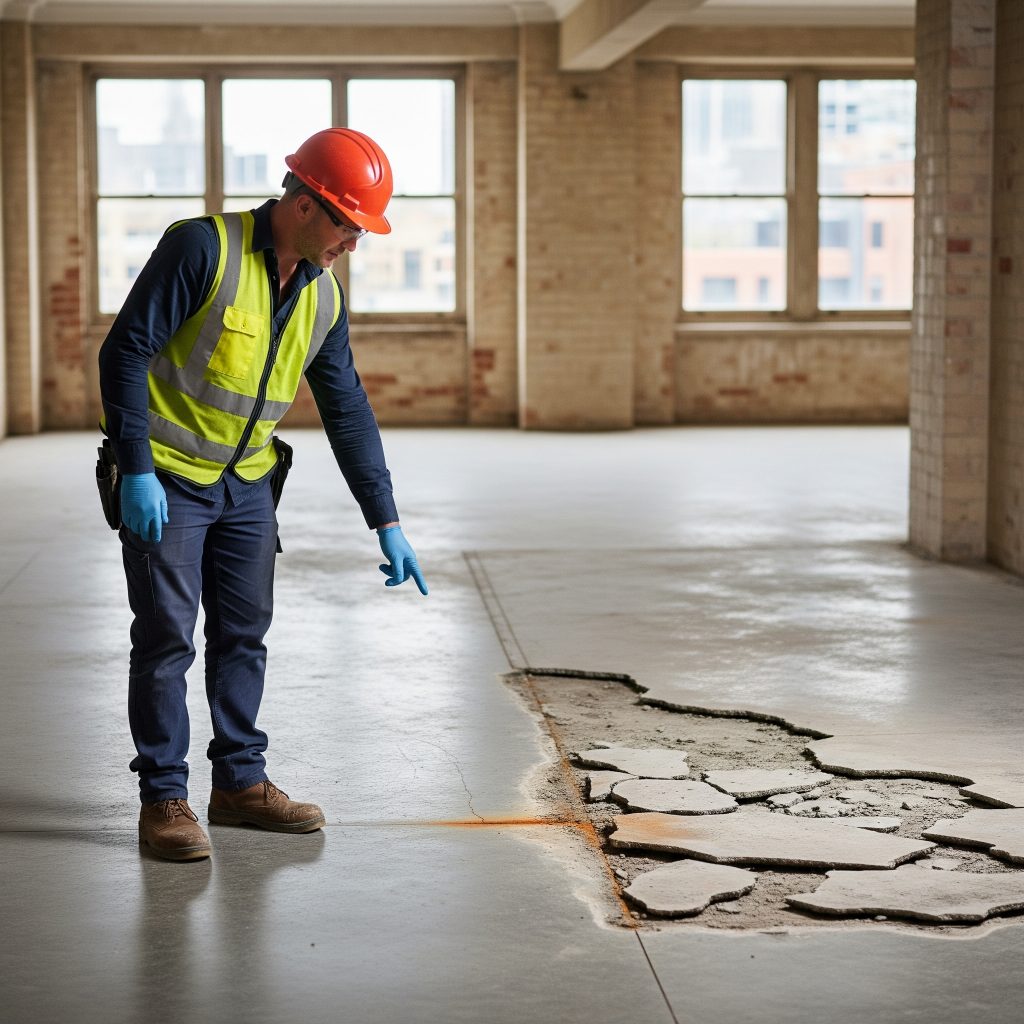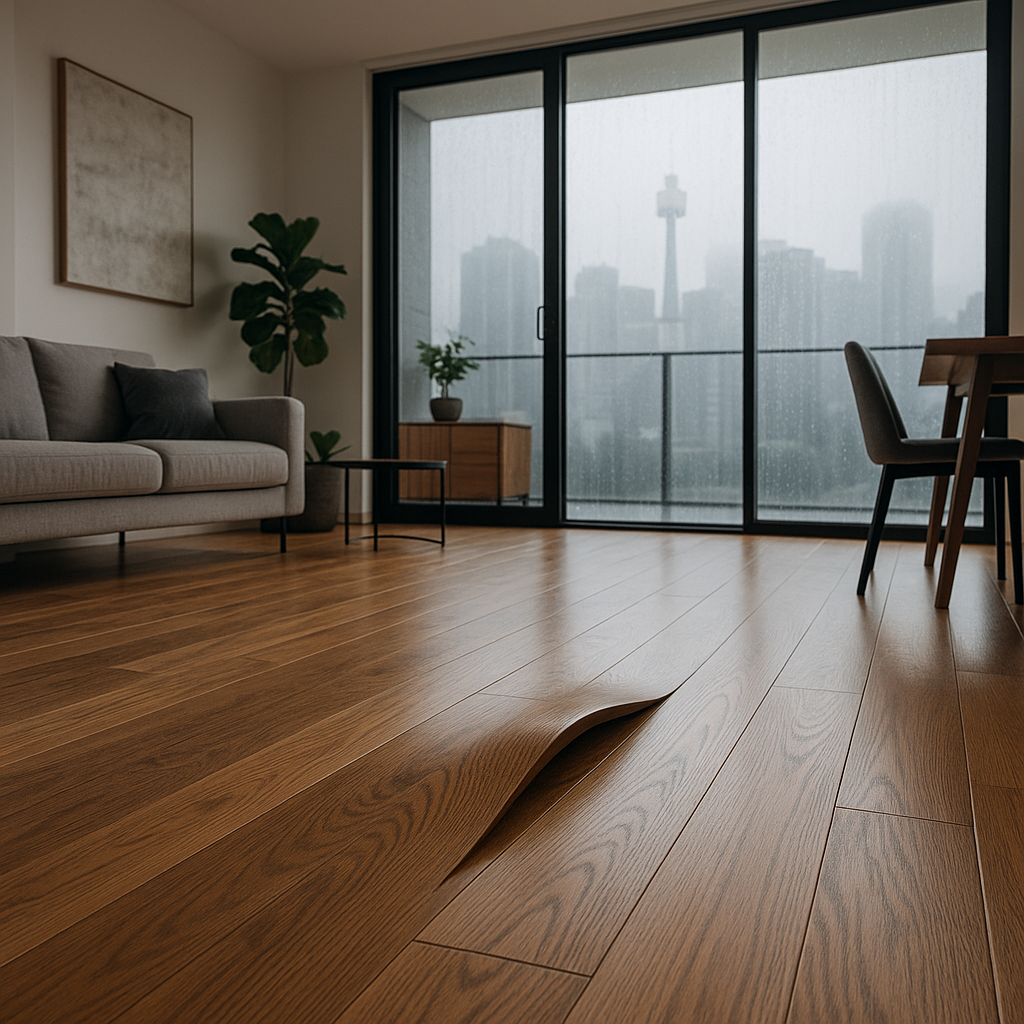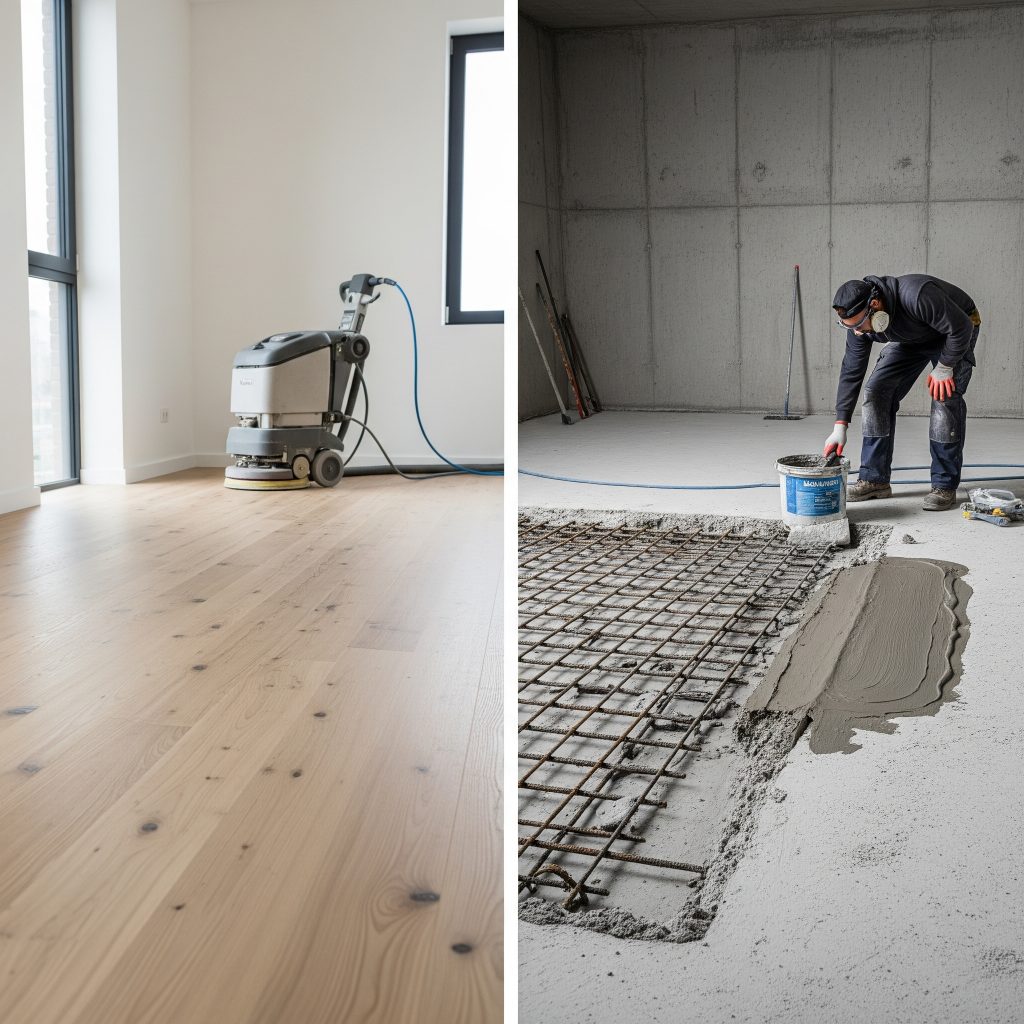For strata residents and building managers in humid Sydney, flooring defects are a serious concern. While timber floors are a popular choice, a lesser-known but far more sinister issue often lurks beneath the surface in older apartments: magnesite flooring. When it comes to the costs and complications of repairs, understanding the difference is crucial. So, which costs more to fix in Sydney’s unique climate?
At @ElymentGroup, we specialise in identifying and rectifying complex building defects. Let’s break down the hidden costs of both.

The Threat of Magnesite: A Ticking Time Bomb
Magnesite, or magnesium oxychloride, was a common flooring levelling compound used in apartments built between the 1960s and 1980s. Its initial appeal was its durability and smooth finish. However, as Sydney’s humid, coastal climate has proven, it’s a flawed material. The main problem? Magnesite is highly hygroscopic, meaning it acts like a sponge, absorbing moisture from the air and any water leaks. This moisture absorption triggers a chemical reaction that can lead to catastrophic damage.
Figure: Magnesite defects often appear as bubbling, rust stains, or cracks in the concrete slab.
How Magnesite Destroys Your Building’s Structure
When magnesite absorbs moisture, the chlorides within it leach into the underlying concrete slab. This corrosive process is known as ‘concrete cancer,’ where the steel reinforcement bars (rebar) begin to rust and expand. The expanding steel can exert up to 10 times the pressure required to crack the surrounding concrete. This leads to:
- Cracks and spalling in the concrete slab.
- Lifting or bubbling of the finished floor covering (like timber or tiles).
- Compromised structural integrity of the entire building.
Fixing these issues is not a simple repair. It requires the complete removal of the magnesite, often with specialised equipment, and extensive concrete cancer remediation. The process is invasive, disruptive, and costly, often requiring a special levy for an entire strata block.

Timber Flooring Defects: A Different Kettle of Fish
Timber flooring, whether solid hardwood or engineered, is a popular choice for its aesthetic appeal. However, in humid environments like Sydney, it’s prone to its own set of moisture-related problems. Unlike magnesite, which attacks the building’s core, timber defects are generally localised to the floor itself.
Common Timber Flooring Issues
Common defects you might encounter include:
- Cupping and Crowning: Caused by moisture imbalance, where the edges of the boards curl up (cupping) or the centre rises (crowning).
- Buckling: Excessive moisture causes the boards to expand and lift off the subfloor.
- Mould and Mildew: High humidity and poor ventilation can lead to fungal growth on or under the timber.
- Warping and Gapping: Boards can shrink and expand with changes in humidity, leading to unsightly gaps or uneven surfaces.
While these issues can be a nuisance, their remediation is typically far less complex than a magnesite removal. Repairs often involve sanding, resealing, or in severe cases, replacing damaged boards. The cost is generally tied to the individual apartment and is not a structural threat to the entire building.
The Verdict: Cost Comparison
So, which is more expensive to fix? Without a doubt, the answer is magnesite. While timber flooring repairs can range from a few hundred to a couple of thousand dollars per apartment, the costs associated with magnesite remediation are in a completely different league. A full magnesite removal and concrete cancer repair can cost tens of thousands of dollars per lot, and in some cases, much more, often requiring a substantial special levy for the entire strata scheme.
Key Takeaways for Sydney Strata Owners
- Assess the Risk: If your Sydney apartment was built before the mid-1980s, it’s essential to have a professional inspection to determine if magnesite is present.
- Act Proactively: Ignoring magnesite issues will only lead to more extensive and costly structural damage over time.
- Timber is Manageable: While timber floors require care in humid climates, their defects are typically cosmetic and much cheaper to fix.
- Seek an Expert: Always engage a qualified building defect expert, like us at elyment.com.au, for a thorough assessment.

Source Inspiration: This article’s insights were inspired by research on magnesite and building defects in Sydney from sources such as BCRC Consultants and Remedial Engineers.
Stay up to date with the latest in building solutions by following us on X: @ElymentGroup or visiting us at elyment.com.au.
